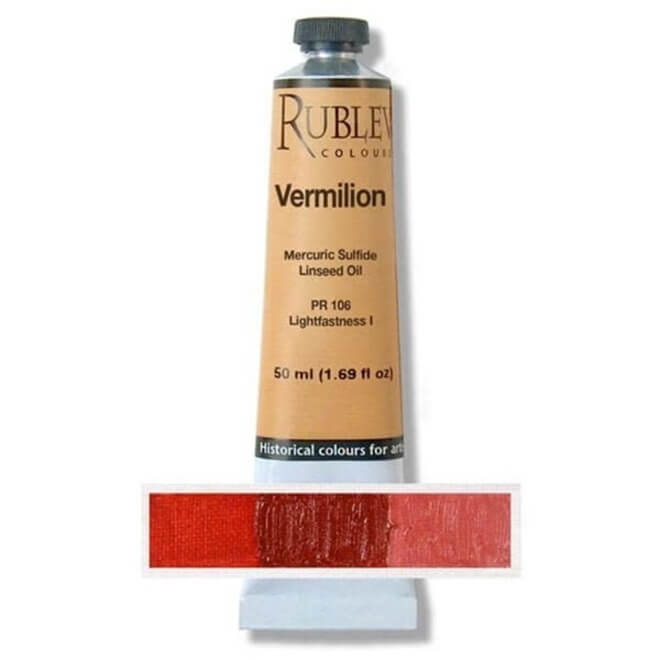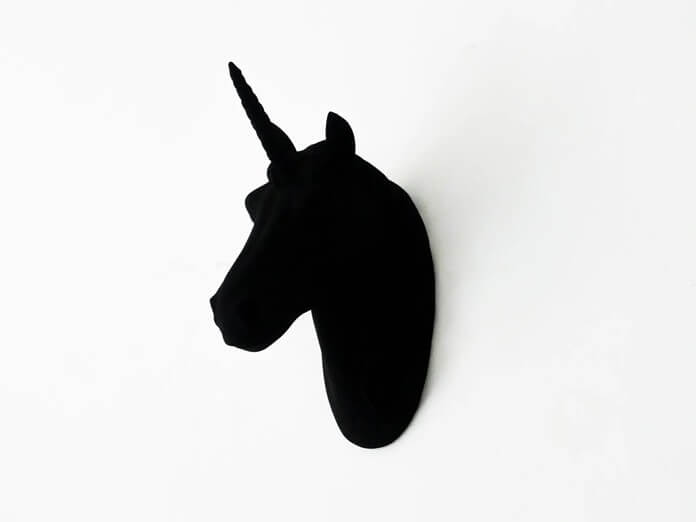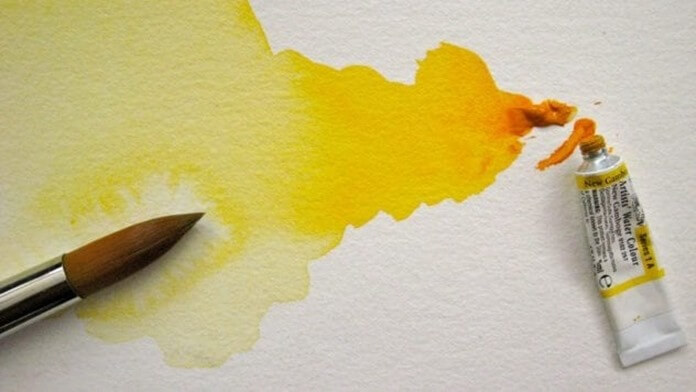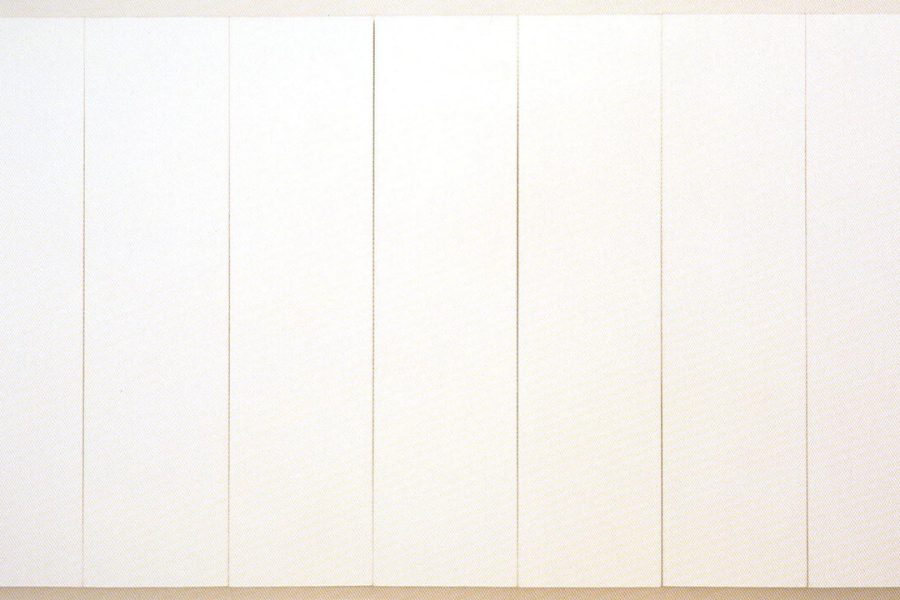Have you ever thought as a child, while drawing a “sun circle, the sky around”, that paints can bring not only the joy of creativity, but also a danger to health?
Fortunately, the paints discussed in this review cannot be purchased in stores. Some of them are toxic, and some are protected by copyright. But they all have one thing in common - all of these paints are prohibited for use.
7. Brown Mummy (or Egyptian Brown)
 By the 16th century, despite legal restrictions, the export of mummies from Egypt to Europe for grinding and use as "medicine" had become big business.
By the 16th century, despite legal restrictions, the export of mummies from Egypt to Europe for grinding and use as "medicine" had become big business.
Considering that Europeans were happy to eat, drink, and rub the powdered parts of mummies into their bodies, it should come as no surprise that they also painted with them. The product they used was called “Mummy Brown,” or Egyptian brown. This rich brown pigment was made from mummy flesh mixed with white resin and myrrh.
As early as 1712, a shop selling art supplies, playfully called "A La Momie," opened in Paris. It sold paints and varnishes, as well as ground mummy flesh, incense, and myrrh.
This pigment was used by colorists until the 20th century.
6. Vermilion (aka Chinese red)
 This is definitely not a paint you want to make at home. The thing is that the deep red pigment comes from a mercury mineral called cinnabar. And mercury is known to be unhealthy.
This is definitely not a paint you want to make at home. The thing is that the deep red pigment comes from a mercury mineral called cinnabar. And mercury is known to be unhealthy.
Vermilion contains just under 90% of mercury. It was used in cosmetics and, of course, in art. It was used to decorate medieval manuscripts, and in Renaissance painting, and even in China. The Chinese mixed this pigment with tree sap and used it to paint temples and pottery, and as ink.
5. Vantablack
 It is currently impossible to get a blacker substance than this carbon nanotube substance, which absorbs 99.965 % of the radiation that hits it. The color, developed by British company Surrey NanoSystems, was even included in the Guinness Book of Records.
It is currently impossible to get a blacker substance than this carbon nanotube substance, which absorbs 99.965 % of the radiation that hits it. The color, developed by British company Surrey NanoSystems, was even included in the Guinness Book of Records.
But alas, only one person on Earth has been given carte blanche to use the “blackest black” in art – Indian-British sculptor Anish Kapoor. You may know him for his sculpture “Cloud Gate,” a giant mirrored kidney bean in Chicago.
«It is the blackest material in the universe after black holes," Kapoor said in an interview with Artforum in 2015, adding that the color “exists between materiality and illusion.”
So far, Kapoor has released only one work using vantablack: a $95,000 watch called the Sequential One S110 Evo Vantablack.
Not all of Kapoor's colleagues were thrilled to learn that they were banned from using Vantablack in their work, however. Artist Stuart Semple has created several other colors, including "Pinkest Pink" (an ultra-fluorescent pink paint), "Black 2.0," "Black 3.0," and "Diamond Dust." They can be used by anyone in the world... except Anish Kapoor.
Here is an example of black pigment created by Semple

4. Schloss Green, also known as Scheele's Green
 One of the most dangerous colors was invented in 1775 by Carl Wilhelm Scheele, a German-Swedish scientist who combined solutions of sodium arsenite and copper sulfate to produce copper hydrogen arsenite, a chemical compound containing arsenic.
One of the most dangerous colors was invented in 1775 by Carl Wilhelm Scheele, a German-Swedish scientist who combined solutions of sodium arsenite and copper sulfate to produce copper hydrogen arsenite, a chemical compound containing arsenic.
Scheele's green turned out to be a very unstable pigment that was used in many household items such as wallpaper, candles, children's toys, and even food coloring. It was cheap and easy to produce, and soon replaced other green colors that were in fashion at the time.
Despite the fact that factory workers often fell ill, women in green dresses fainted, and rooms painted this color mysteriously remained free of insects, the paint was considered harmless.
There is even a supposed connection between Scheele's green and Napoleon's death: it is said that in 1815, during his exile on St. Helena, Napoleon's favorite color was green, and the rooms in Longwood House, where he lived, were decorated with green wallpaper containing copper arsenite. Napoleon was rumored to have loved long baths. And the temperature and humidity turn Scheele's green into a deadly cocktail.
3. Uranium Orange

But this now-banned paint appeared relatively recently – in the 20th century. And it was used not in painting, but for the production of ceramic products from the Fiesta Red line. Uranium oxide was used to create “Uranium Orange”.
In the 1950s, production of these cheerfully orange dishes was suspended because there was too little uranium, and it was saved for military purposes. When production resumed, the creators of Fiesta Red used a different form of uranium - depleted uranium. It is less radioactive than uranium oxide.
Fiesta dishes were produced until 1972 and are still popular with collectors, although eating from them is not recommended.
2. Green radium
 A century ago, glow-in-the-dark watches were an irresistible novelty. The dials, coated with a special luminescent paint, glowed all the time and did not require recharging in the sun. It was like magic.
A century ago, glow-in-the-dark watches were an irresistible novelty. The dials, coated with a special luminescent paint, glowed all the time and did not require recharging in the sun. It was like magic.
One of the first factories to produce these watches opened in New Jersey in 1916. It employed about 70 women, the first of thousands employed in many such factories across the United States.
To perform the delicate task of applying paint to the tiny dials, women were instructed to lick their brushes to sharpen their tips. But the paint made the watches glow because it contained radium, a radioactive element whose properties are not fully understood.
The women who worked with radium paint later became infamously known as the "Radium Girls." The work left them with serious illnesses, including anemia, radium jaw (wear and tear of the jawbones), and fatal cancers. However, green radium paint was not phased out until 1968.
1. Gamboge

It is a sunny yellow, translucent shade, light and golden like early autumn aspen leaves. The main ingredient in its creation was gamboge, a strong laxative and diuretic derived from the sap of deciduous trees, mainly found in Cambodia. It is a skin irritant and can be fatal if ingested.
Gamboge first came to Europe in the early 1600s, thanks to the East India Company. The pigment gets its name from Camboja, an old form of the name of Cambodia.
It is a beautiful but short-lived paint, making it difficult for art historians to find examples of gamboge in use. We know that it was used in traditional Chinese painting, and it can be seen in some of Rembrandt's works.

Art supply stores continued to sell gamboge until the 1980s, when it was discovered that one batch of pigments had been collected from a Khmer Rouge killing site. Gamboge was finally replaced by a safer version called New Gamboge in 2005.














Оставить Комментарий